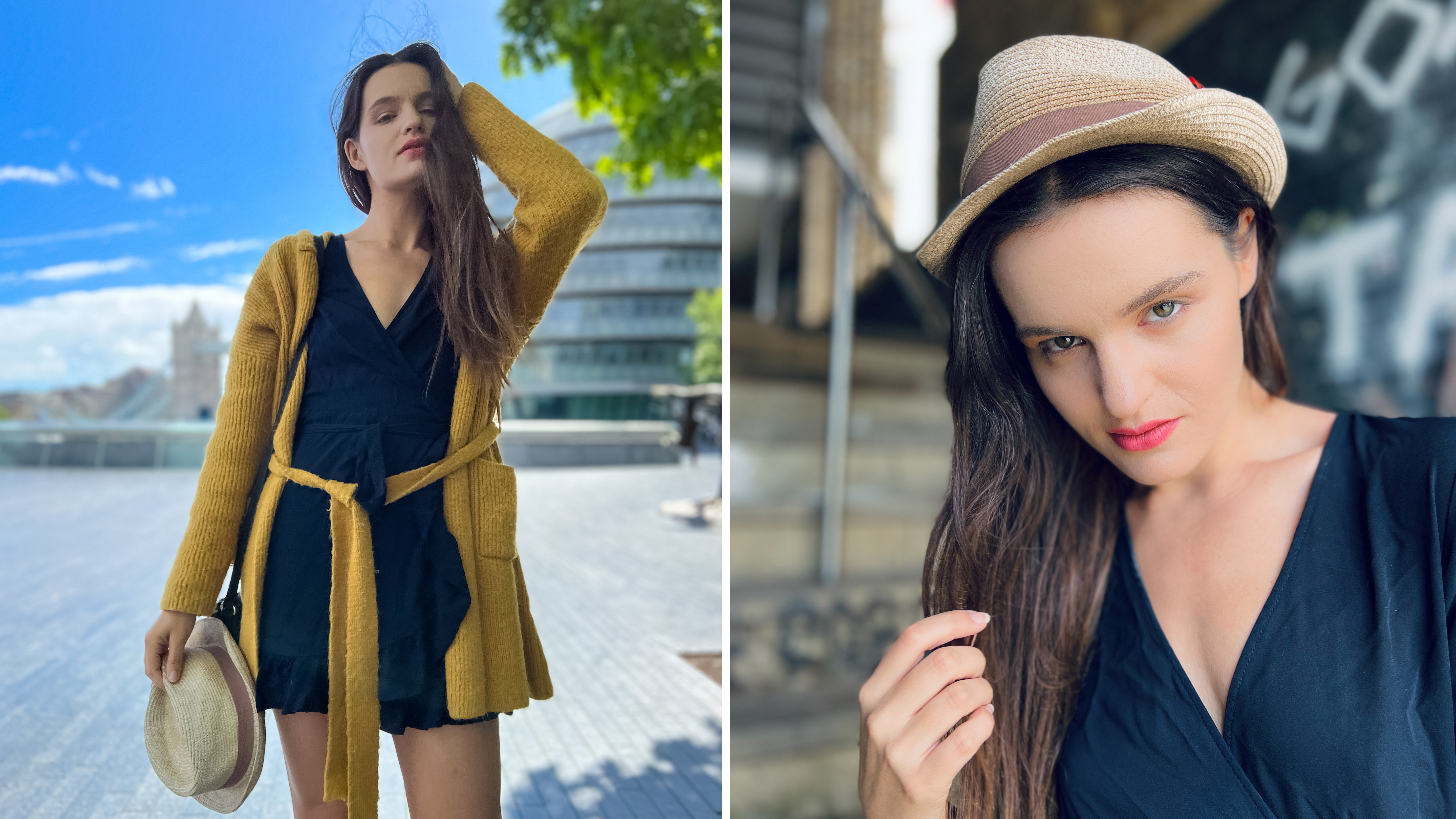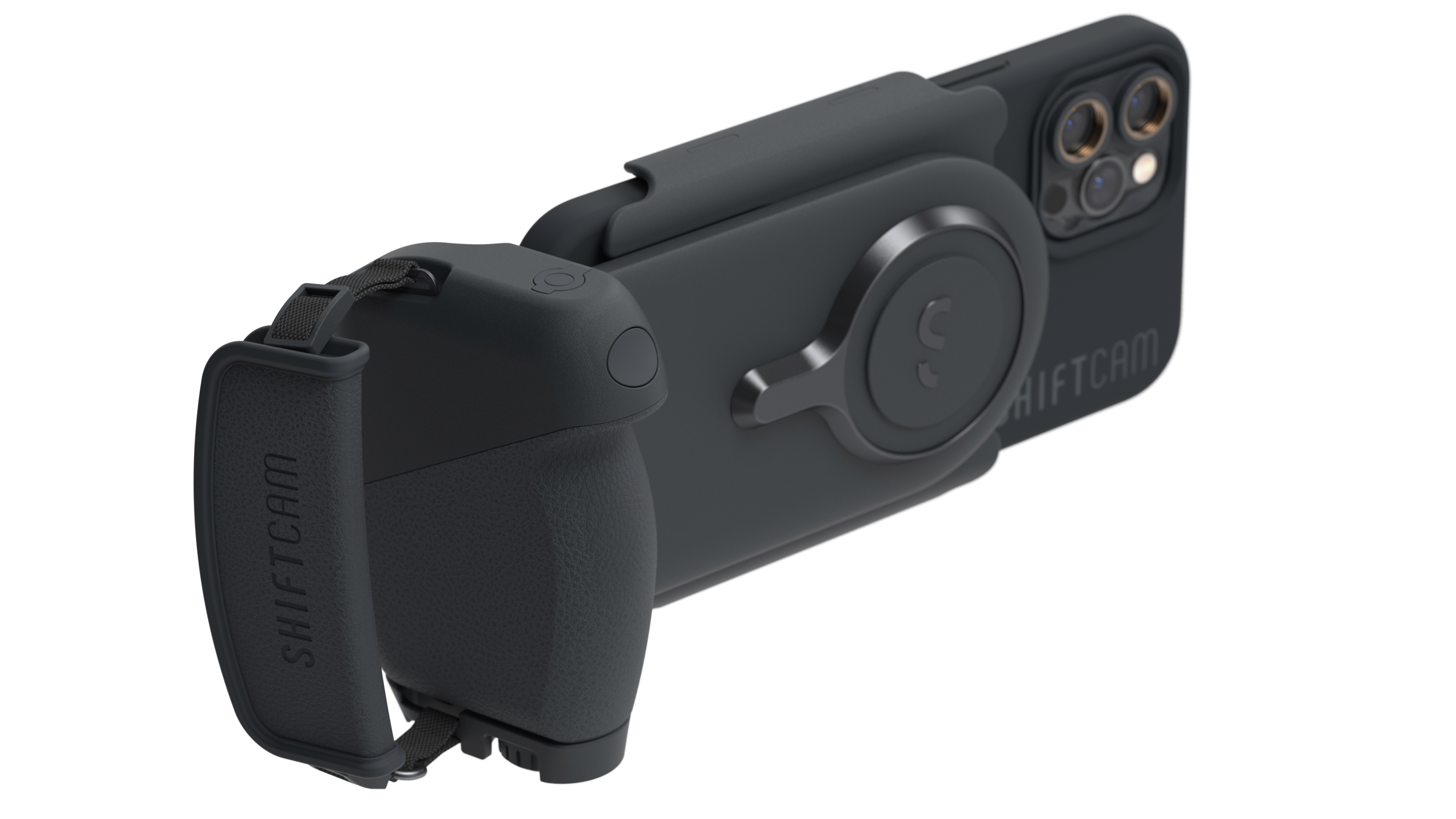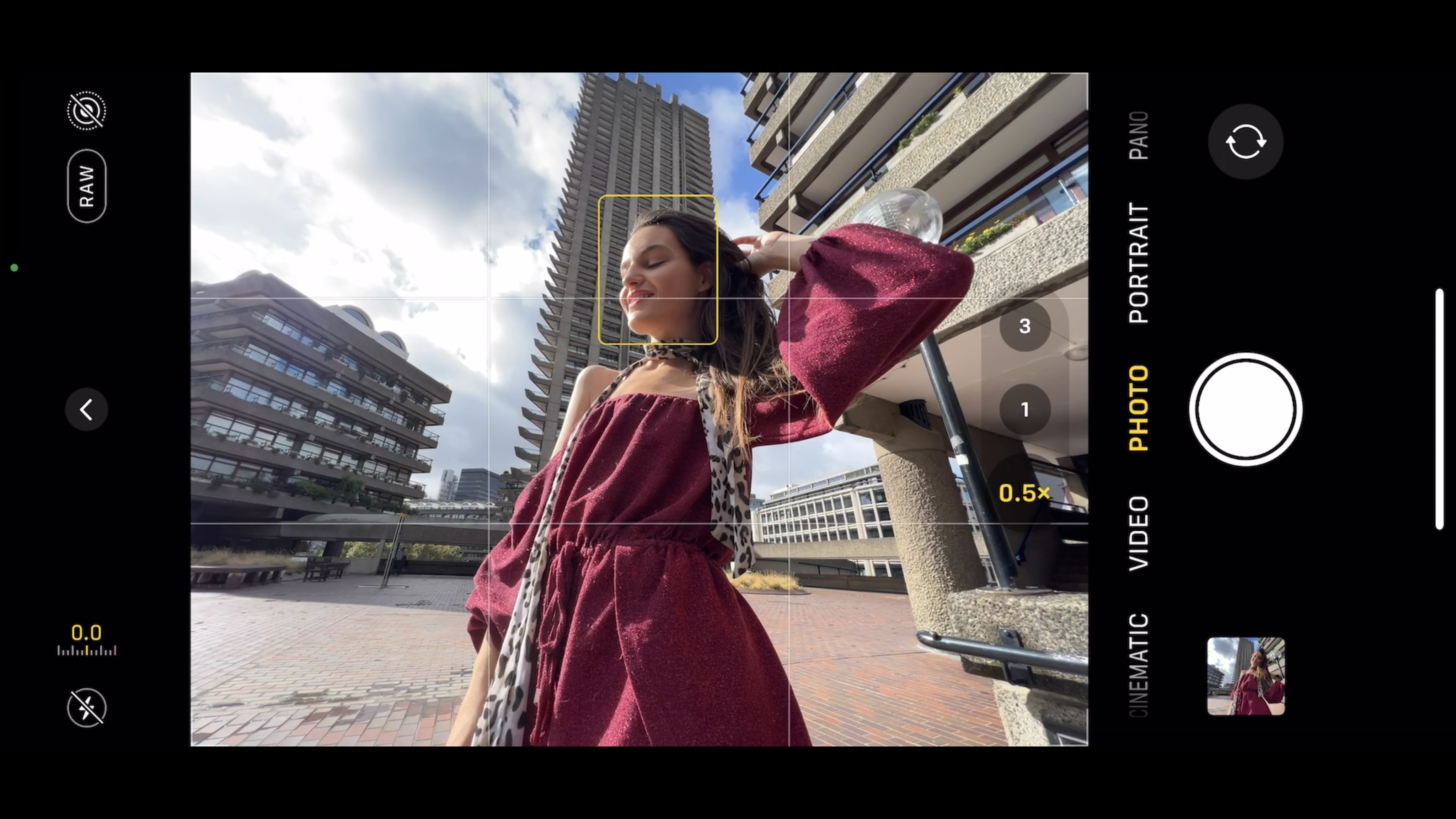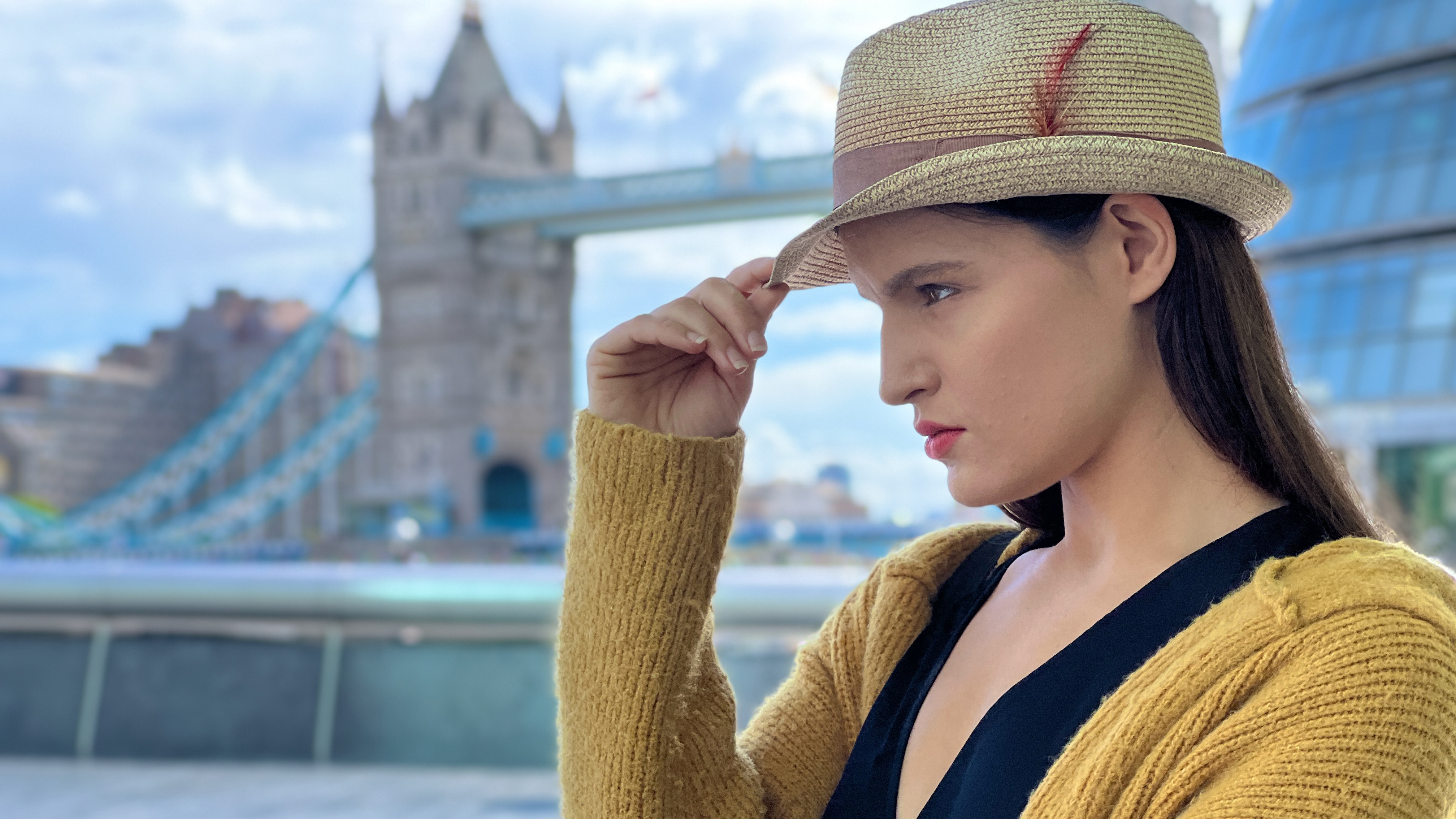
For the last 8 years or so I’ve been a regular writer for MacLife and MacFormat magazines, so I’ve written a lot about iPhone photography (or iphoneography as we like to hashtag!). To generate images for various iPhone tutorials and features I tended to shoot friends and family. More recently I realized I needed to ‘up my game’ and shoot a professional model (plus the novelty of appearing in print had long worn off for my relations). So I popped over to Purpleport.com to find a model who was available for a paid shoot.
A few days later I headed to London to meet Mia, a full-time model from Australia who was touring Europe. Mia was a highly experienced model and had many shoots booked in advance throughout her European trip. Before we met I warned her via that I was going to be shooting on an iPhone for MacFormat magazine, rather than using a DSLR. I didn’t want her to think I was a pervy middle-aged man with an iPhone, playing at being photographer! In an attempt to make my iPhone 13 Pro Max look a bit more like a ‘proper’ camera I popped it into a ShiftCam ProGrip. This bulked up the shape of my iPhone and enabled me to tap a physical shutter button to snap a shot via Bluetooth (as well as wirelessly charging the iPhone during the shoot).

At the start of the shoot I was nervous. I’d been happy to direct friends and family to pose, but not a professional model. The nerves quickly evaporated as Mia launched into a series of rapid-fire poses as soon as I raised the iPhone. All I could do was constantly tap the ProGrip’s shutter button to try and keep up! I learned later that posing for an iPhone had its challenges and advantages for my model. For starters the iPhone 13 Pro Max has three cameras - an ultra-wide 13 mm, a wide 26 mm and a 77 mm telephoto. In her public review of the shoot on Purpleport.com Mia wrote “It’s slightly harder to look down the barrel of three cameras at one time or to hear the clicks of the shots to know when to change pose (but you might get more natural looks this way) and it’s interesting to see how different poses turn out with the lenses.” Her last point is a good one. I was able to quickly change from ultra-wide to telephoto without fumbling around for lenses in a kitbag, so our shoot could flow uninterrupted.


After snapping the first few shots I was able to show her the results on the iPhone’s relatively large 6.7‑inch (diagonal) all‑screen OLED display and she seemed happy. The shots would have looked much less impressive on my old Canon’s tiny LCD. This positive feedback boosted my confidence and I was able to direct her in a range of locations along London’s Southbank.
London's Southbank includes tourist attractions (Tower Bridge) and private buildings (the old City Hall), so on past DSLR shoots I’ve been told to “move on” by security guards in fluorescent yellow jackets. DSLRs are like red rags to a bull when it comes to security personnel. However, when shooting with the iPhone I looked like ‘just another tourist’ so was left in peace.
I enjoyed my iPhone shoot with Mia and she was happy enough to return for a second shoot in London’s Barbican Centre a month or so later. More importantly, my magazine editors were pleased with the improvement in the quality and variety of my tutorials’ portrait shots. The results of my shots with Mia have also graced the pages of many of my Digital Camera World reviews (such as this PhotoRefine.ai review).
I’m relieved and delighted that my iPhone shoots have borne plenty of fruit and the iPhone is still my ‘go to’ camera to generate model shots for every review, tutorial and feature that I write.
You can see more of Mia’s work at @layal.official







